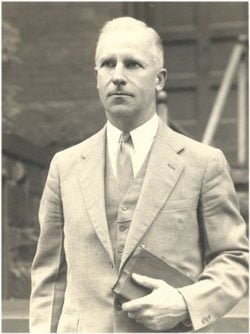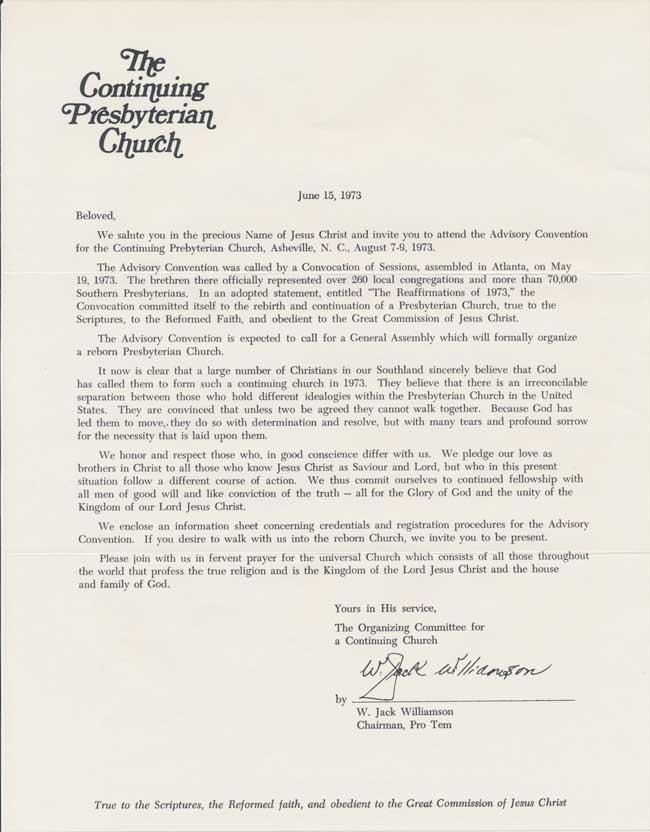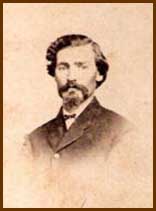The Best Laid Plans of Men
The following is excerpted from The Life of Samuel Miller and provides an interesting glimpse into Dr. Miller’s literary pursuits. He was a most prolific author, despite the unfulfilled plans detailed below. Still, it is interesting to mull over what additional riches might have been left to posterity.
 From the very commencement of his ministry, his life long, Mr. Miller’s mind was teeming with projects of writing and publishing. Perhaps no man of like cultivation and opportunity, breathing too an infected atmosphere, especially after once experiencing the sensations of being “put to press,” has ever escaped this cacoethes scribendi. And the wisdom of such men must be looked for in their not executing, rather than in their not projecting: we must judge the deed instead of the will. About the time which we have now reached in his history, Mr. Miller’s thoughts seem to have been particularly busy with schemes of book-making. Possibly the religious works which he designed were to be a professional balance to his literary undertakings. The following extracts from his note-book exemplify what we mean :—
From the very commencement of his ministry, his life long, Mr. Miller’s mind was teeming with projects of writing and publishing. Perhaps no man of like cultivation and opportunity, breathing too an infected atmosphere, especially after once experiencing the sensations of being “put to press,” has ever escaped this cacoethes scribendi. And the wisdom of such men must be looked for in their not executing, rather than in their not projecting: we must judge the deed instead of the will. About the time which we have now reached in his history, Mr. Miller’s thoughts seem to have been particularly busy with schemes of book-making. Possibly the religious works which he designed were to be a professional balance to his literary undertakings. The following extracts from his note-book exemplify what we mean :—
‘This day, August 9, 1800, resolved, through divine assistance and direction, to keep in view, and as soon as possible to execute, the plan of writing and publishing the following religious works:—
I. A set of Sermons on Regeneration.
II. A volume of Letters to the Young Men of my Charge.
III. A volume of Letters to the Young Women of Do.
IV. Brief View of Scripture Doctrines.
V. Two volumes—Select Sermons.’
A few pages further on, in the same note-book, he writes, ‘For a striking extract for my proposed work on the Lord’s Supper, see &e., &c.’
Not one of these projects was ever fulfilled, unless the second and third, partially, in some of Dr. Miller’s after writings for the young. In fact, the scheming literary brain seldom overtakes one in ten of its avant-couriers. And, in the present instance, a heavier undertaking soon weighed every energy down to a more sober working frame. Then, providential circumstances, rather than mere taste, gave shape and substance to the book-making of many years.
[excerpted from The Life of Samuel Miller]
Words to Live By:
To translate the author’s last statement, above, Dr. Miller was compelled in his writing to address the many issues and problems of the Church in his day. As a true pastor, he could not stand silent, but neither could he afford the leisure of writing out of self-interest. Beloved, are your plans surrendered to the Lord? Do you realize that not everything you may want to accomplish needs to be accomplished? Do you realize that God may well have greater plans, unforeseen by you, yet plans that will undoubtedly be to His greater glory?





